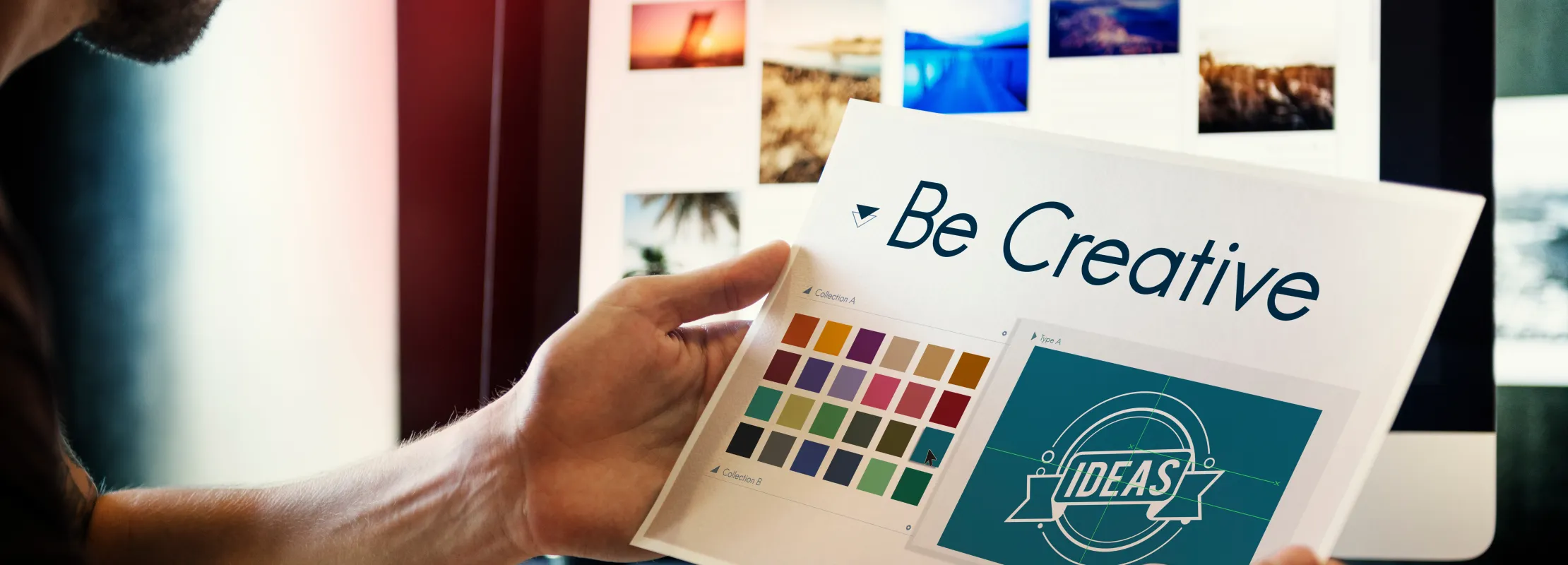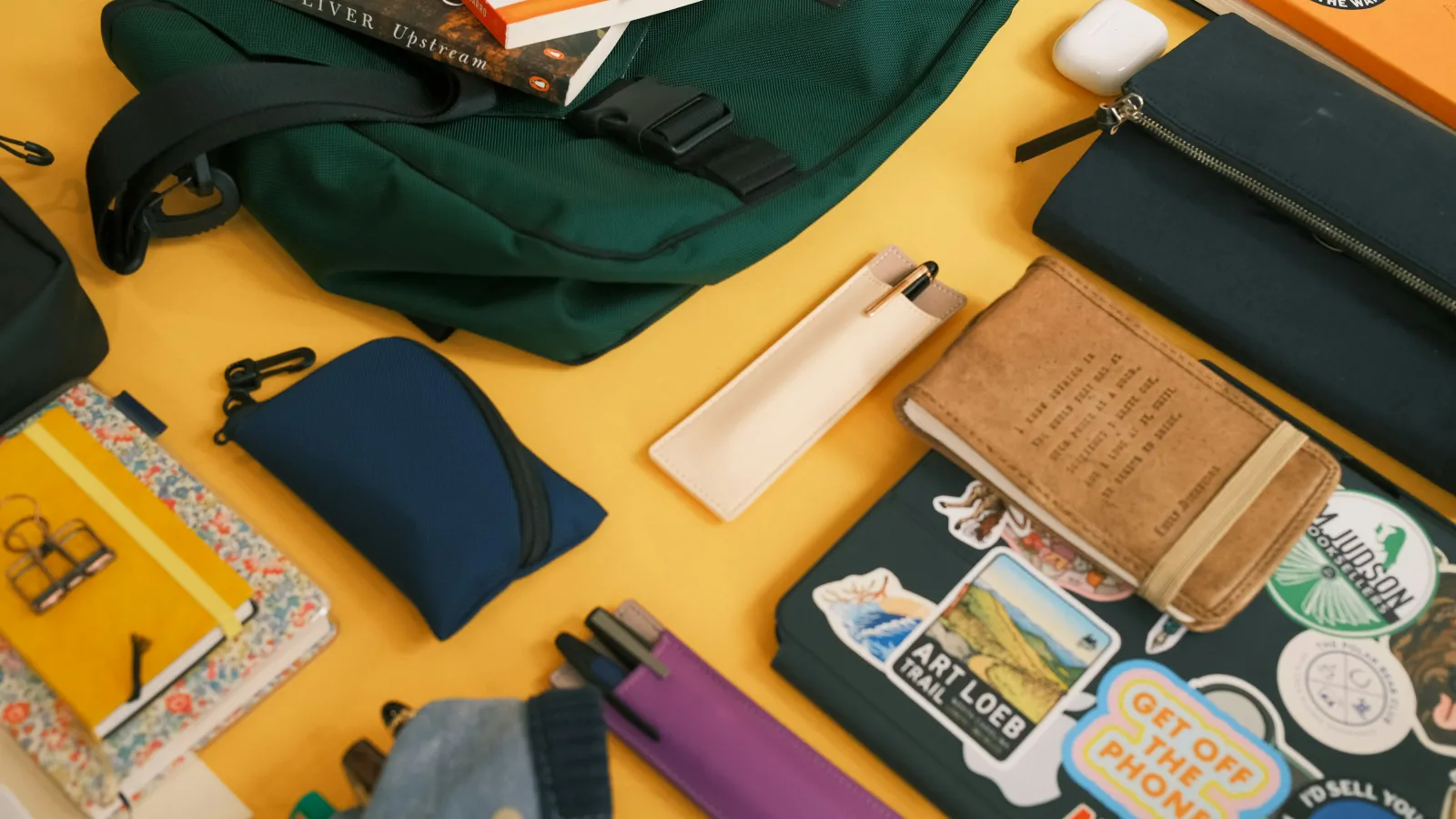
Artwork
Frequently Asked Questions About Artwork
Q What files types do you accept for artwork?
Q Why do we need high resolution images?
Q Does all artwork have to be submitted online?
Q Will I receive a Proof?
On more involved 4-color projects, we strongly recommend a hard CMYK proof. If the project involves finishing operations such as binding or folding we recommend a physical mock-up as well.
Q Will the colors on the Proof be Accurate?
We ask that all uploaded files be designed in CMYK and uploaded in CMYK. If you send us an RGB file, we will need to convert it to CMYK which will alter the color from your original file.
Q What does Bleed mean?
To produce a piece with a Bleed, it must be printed on paper larger than the final page size and then trimmed down to the proper size. To make sure no white area shows at the edge after trimming, the artwork must be designed to be larger than the final cut size.
To set up your file to accommodate a bleed, be sure to extend the artwork area 1/8" beyond all bleeding edges of the page. This will allow plenty of room for trimming. An exception is Envelopes, which are not trimmed. So if the artwork on an Envelope bleeds, only extend your artwork 1/16" beyond the edge(s) that bleed.
Q What are some Common Problems with submitted files?
- Improper set-up for Bleeds: Make sure to extend your artwork 1/8" beyond the edges that Bleed. Also, do not put important information or borders too close to the edges that get trimmed off. An exception is Envelopes, which are not trimmed. On Envelopes, only extend your artwork 1/16" beyond the edge(s) that bleed.
- Poor Image Resolution: Images must be at least 300 dpi for proper clarity. Do not use images from the web because they are generally low resolution and will appear pixilated (jagged and blurry) when printed.
- Text and Grammar Issues: Make sure your text has good contrast against its background. Also, avoid the use of small text, especially if it is white text against a colored background. Make sure to proof your file for spelling and grammar errors before forwarding it to us.
- Crop Marks: Please include the crop marks on your artwork and make sure they are properly placed. Also please remove all unnecessary crop marks.
Q Process Colors vs PMS (Spot) Colors
PMS colors, also known as Spot colors or Pantone Matching System colors, are specific color formulas that will reproduce accurately in print. Instead of simulating colors by combining multiple colors as in CMYK 4-Color Process, PMS colors are pre-mixed from existing color formulas and assigned a standardized number. Using a PMS color provides assurance of having consistent color regardless of when or where the printed piece is produced. However, because PMS ink colors are specific formulas, there is usually an upcharge.
PMS colors are commonly used for a logo or text that requires a consistent appearance, such as on business stationery. It is very important that you don't use PMS Spot colors in your artwork design if you are printing in CMYK 4-color Process. When designing for CMYK 4-color Process, it is always a good idea to refer to the Pantone Process Book and then use the Process color that is closest to the desired PMS Spot color. Otherwise when your PMS Spot color converts to a CMYK Process color, it could yield a result you weren't expecting.
